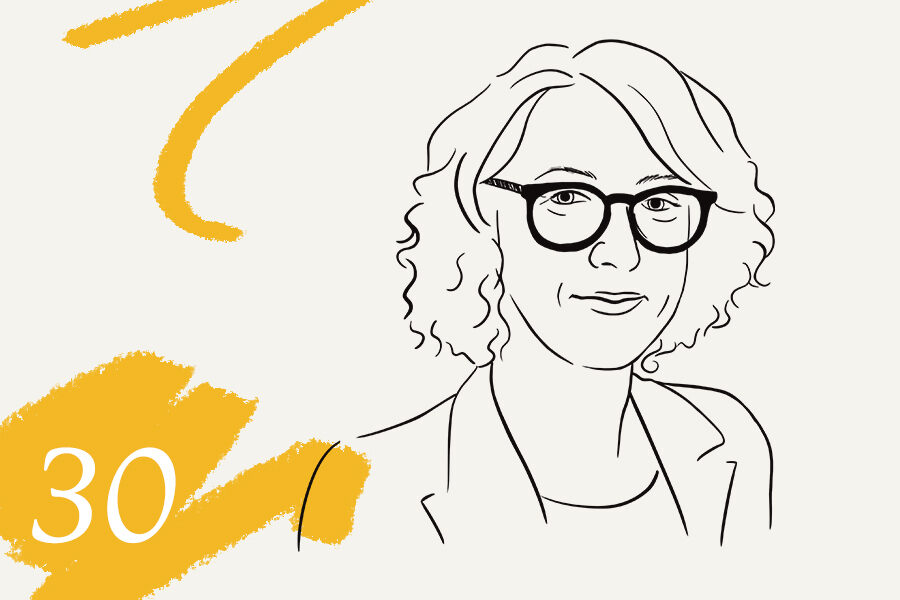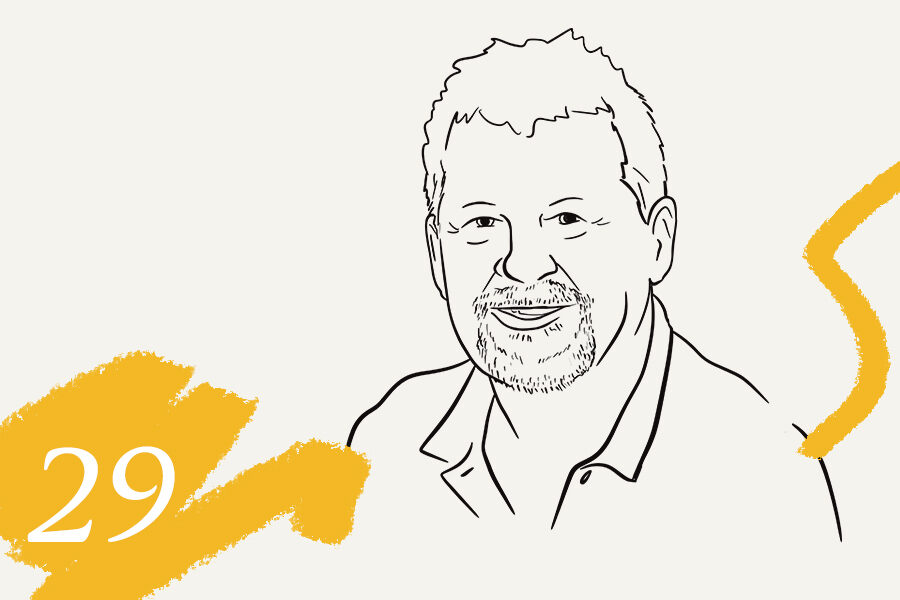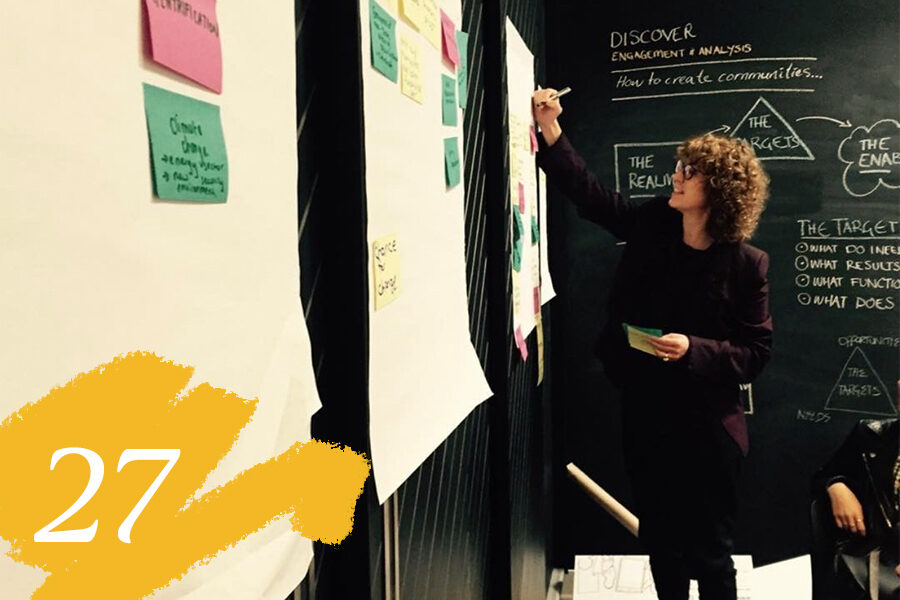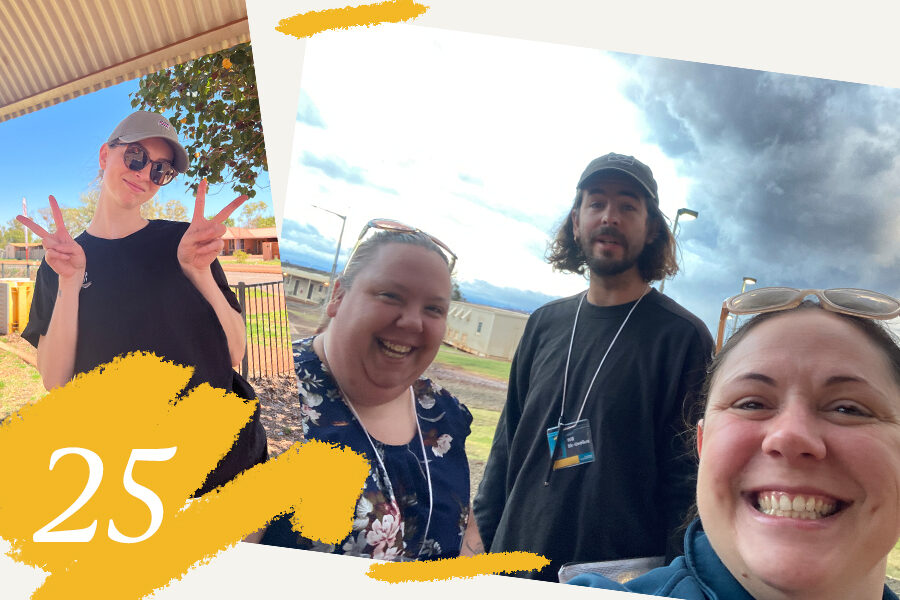Over the past decade, Collective Impact has entered the community development lexicon as a collaborative, cross-sector approach to address complex social problems.
To offer an academic definition, Collective Impact is a network of community members, organisations, and institutions who advance equity by learning together, aligning, and integrating their actions to achieve population and systems level change.
The model is based on five prevailing conditions that, working together, lead to powerful results: a common agenda, shared measurement systems, mutually reinforcing activities, continuous communication, and backbone support organisations.

Here at Creating Communities we’ve had the opportunity to put collective impact into action from regional and remote communities in Western Australia to the other side of the world.
In each case, we adjust the approach to meet the realities of the local context. While shared goodwill and vision within communities can be found, uniting stakeholders behind a common banner is challenging for many reasons. In some cases, excelling in the five prevailing conditions may not be possible. In the face of these challenges, we seek to invite people back to the table, providing space to collectively uncover a new pathway forward.
“The challenge that’s always worth pursuing is the commitment to achieve great outcomes together – even when factors beyond the goodwill of stakeholders makes that process more difficult,” Collective Impact Lead, Jessica Barker said.

The fundamental premise of Collective Impact – collaboration with joint stakeholders to realise collective action – has been core to the culture of Creating Communities and the way that we’ve operated for the past thirty years.
“For the past 30 years, Creating Communities has walked alongside clients, stakeholders and the community to realise shared outcomes – that, to me, is the heart of Collective Impact, “said Barker.
A core approach within our business is to engage multiple stakeholders in the exploration of the nexus of community, business, government and community aspirations. Where interests overlap, we work with stakeholders to achieve lasting solutions. We apply this approach to small and big challenges limiting people, communities and businesses in urban, rural and remote communities: that’s why ‘excelling at the nexus’ is embedded in our organisational values.
“Where I think the connection between the work we’ve been doing for three decades and the banner of Collective Impact makes sense for me is that we build trust, we develop a deep understanding of the communities and organisations we work with, and then we find where the opportunity nexus sits to deliver shared value.
“That opportunity nexus is where we see the benefit of those trusted relationships aligned to existing organisational ambitions, and then shared and connected to deliver powerful outcomes.
“We’re driven to work with diverse stakeholders to create spaces and places of alignment for communities to thrive and bring social impact to communities large and small, urban and regional.
“When we dream together and are willing to embrace some joint aims, we’re able to collaborate and jointly hold a common passage to progress,” Barker said.
As it has been for millennia, people are at the heart of collaboration – in far greater ways than process. Process is still important, but Creating Communities sees the seemingly impossible come to life when we’re able to amplify different voices in and outside the room, and shine light on pathways of possibility.





